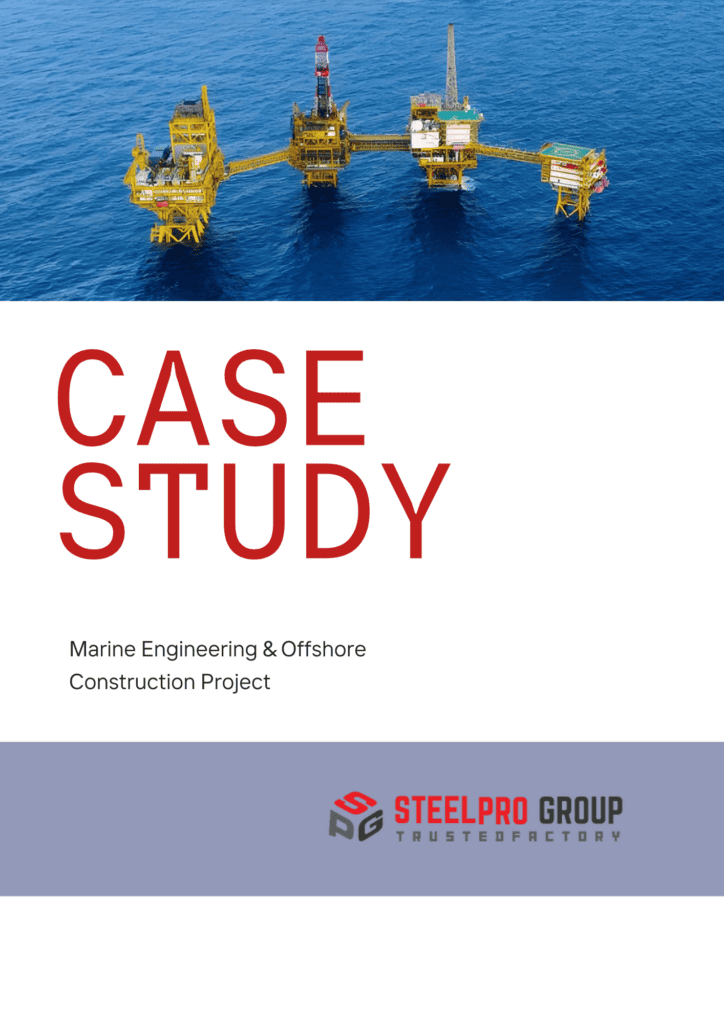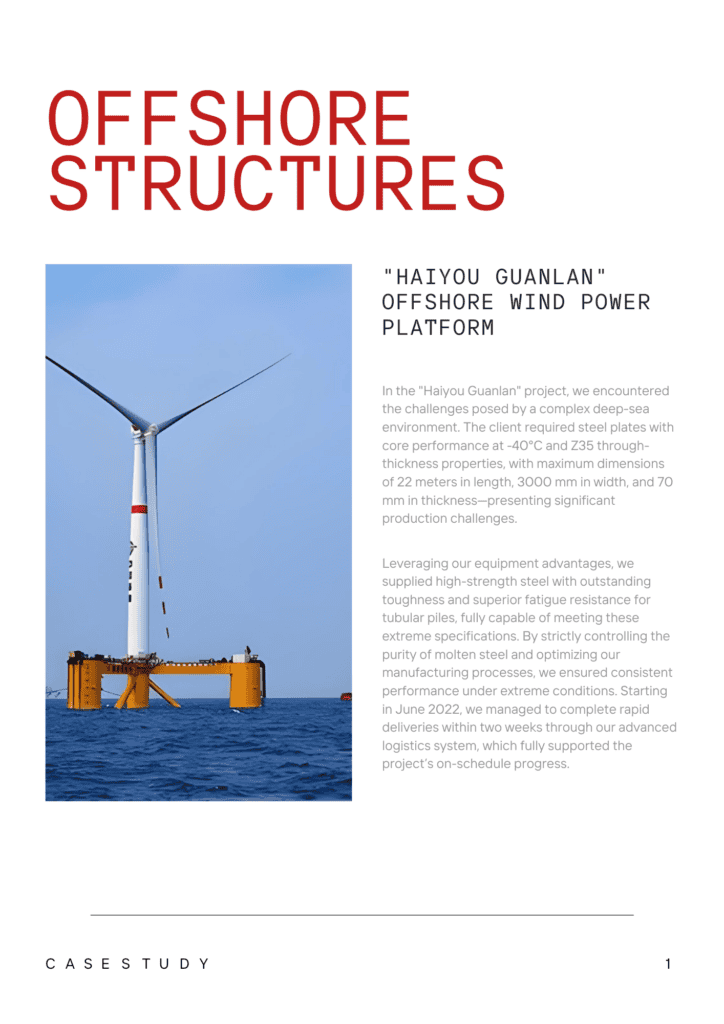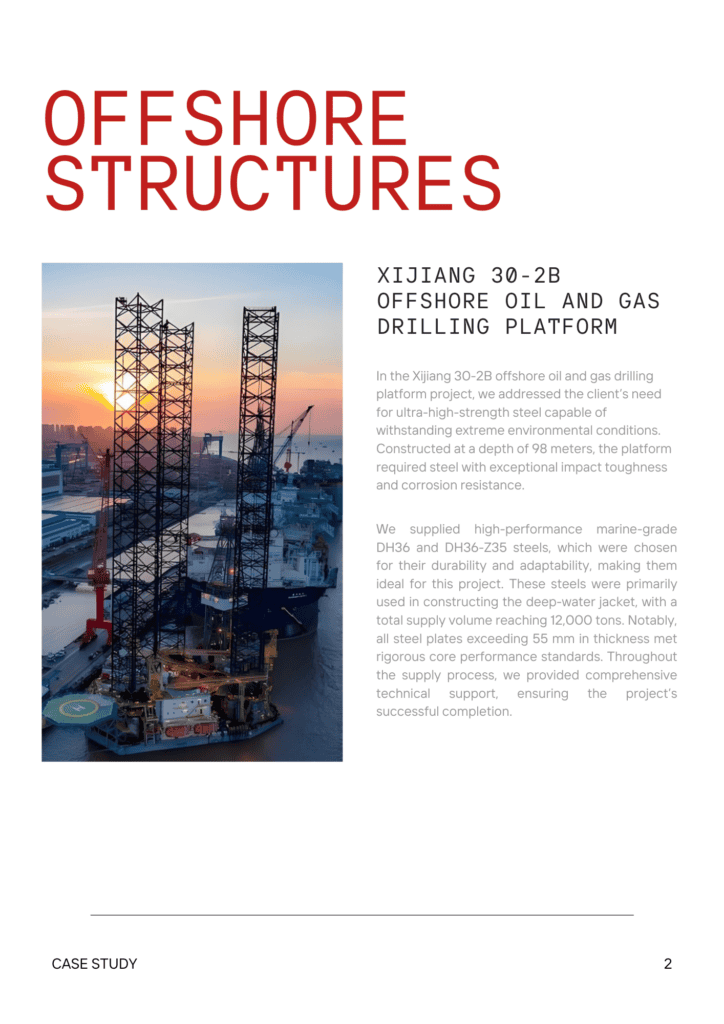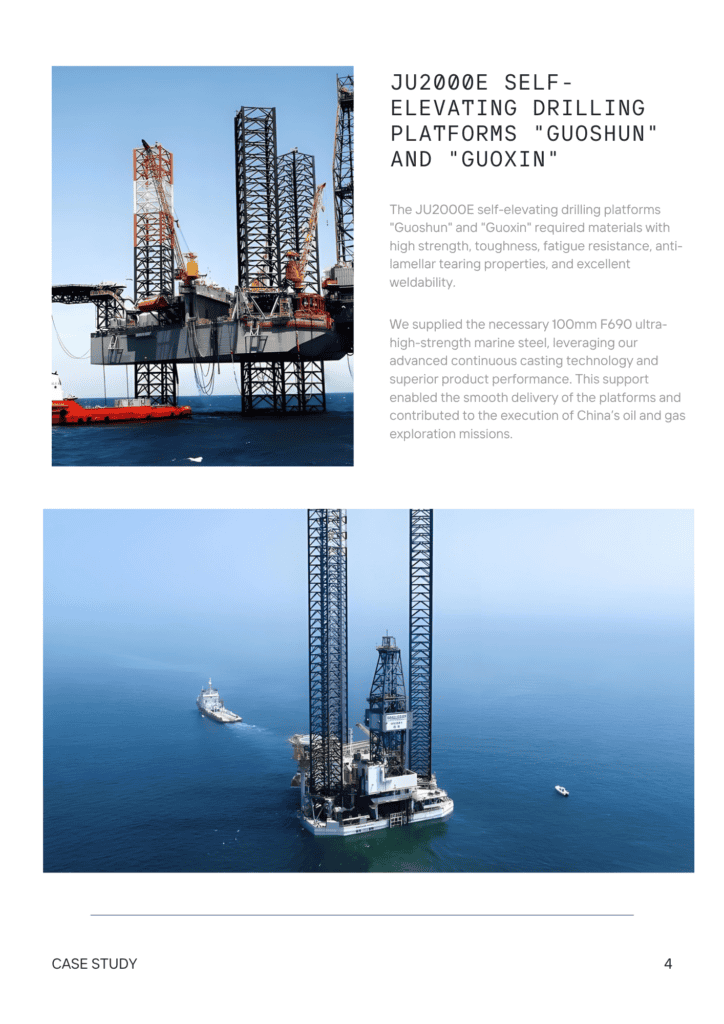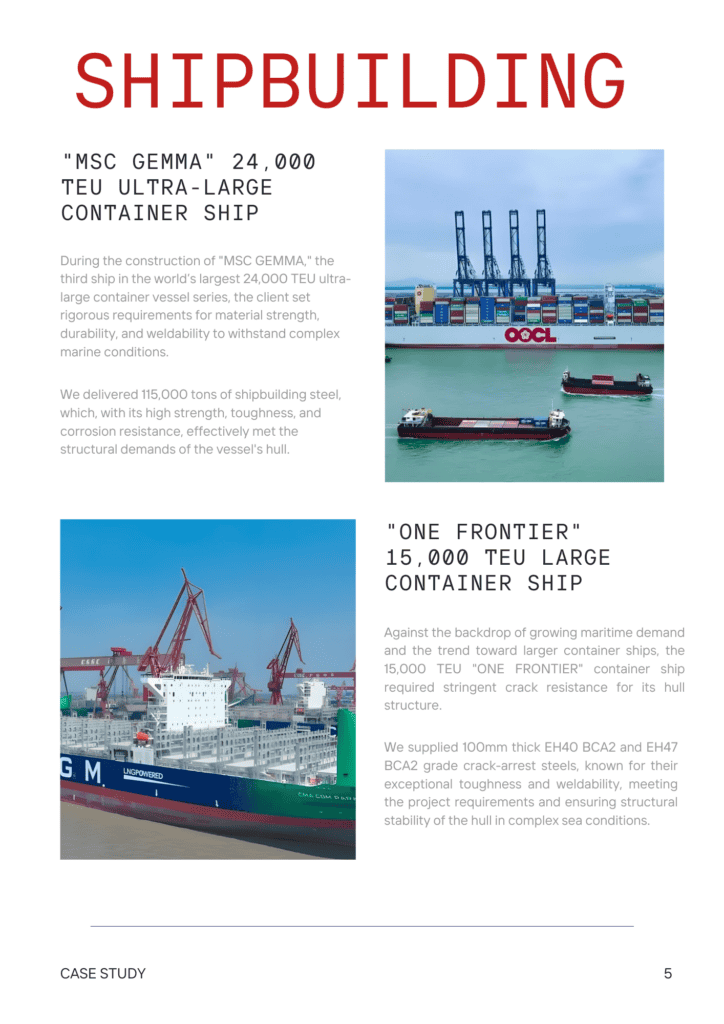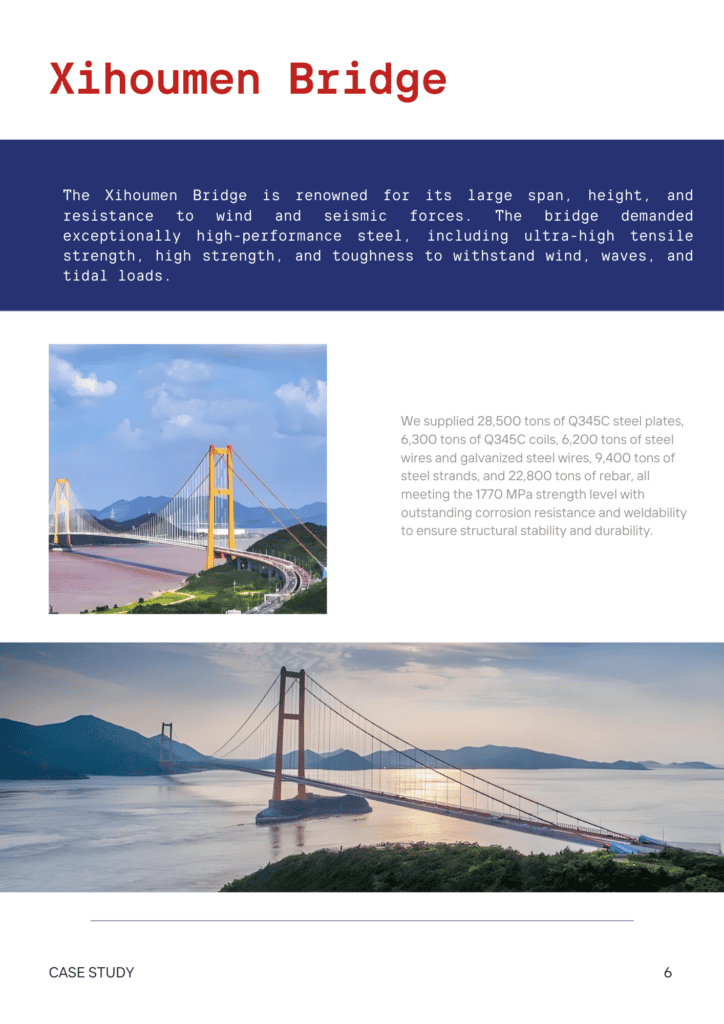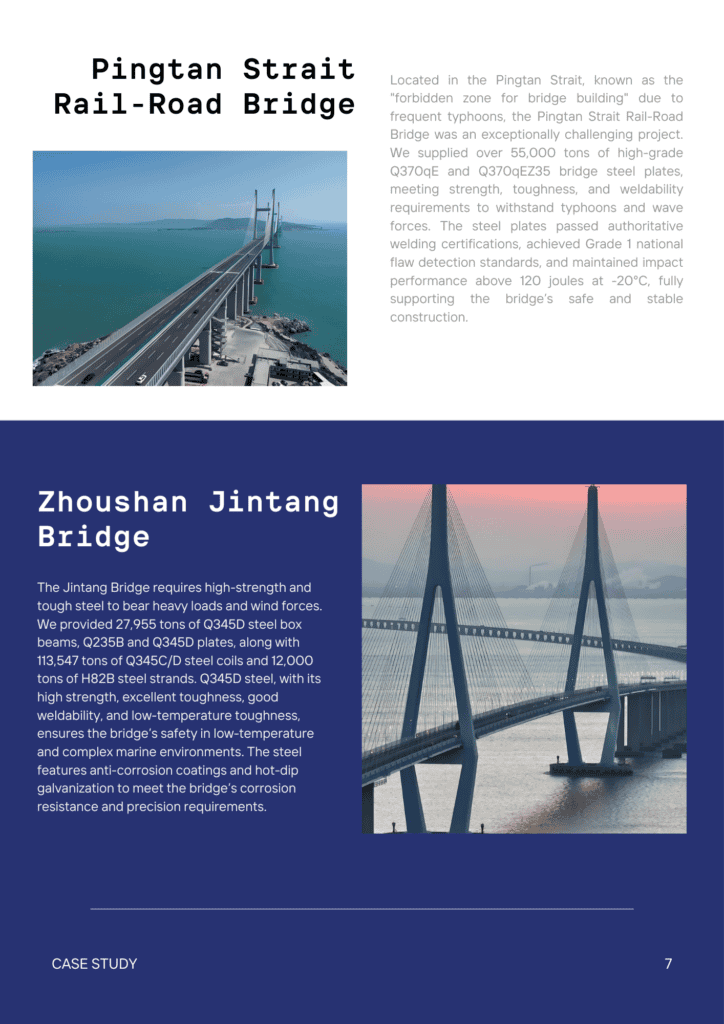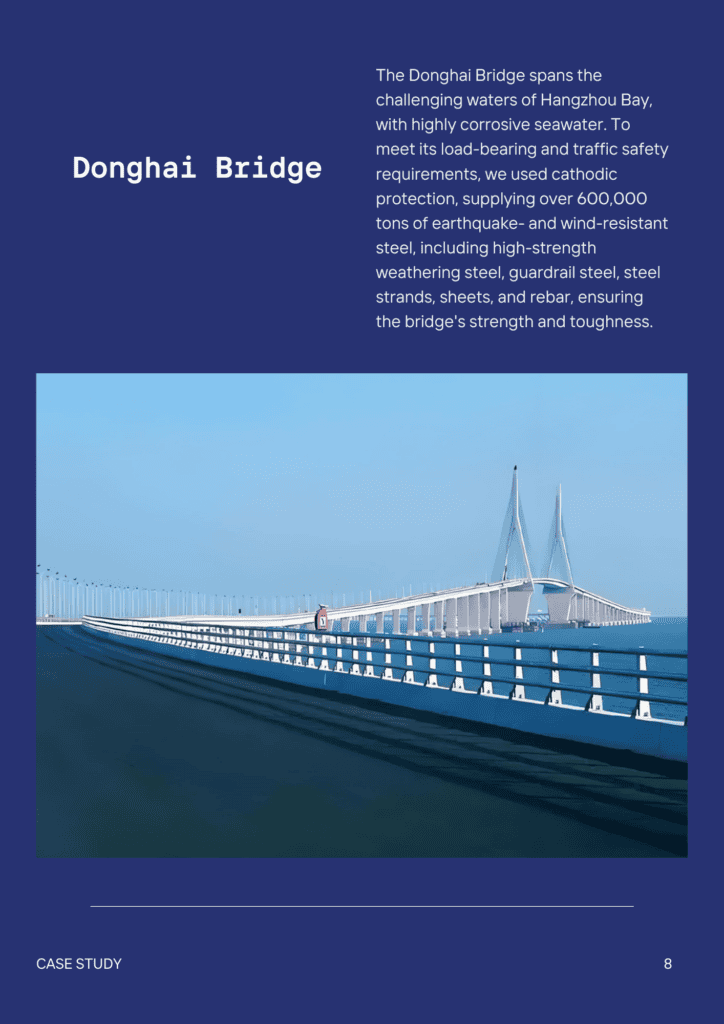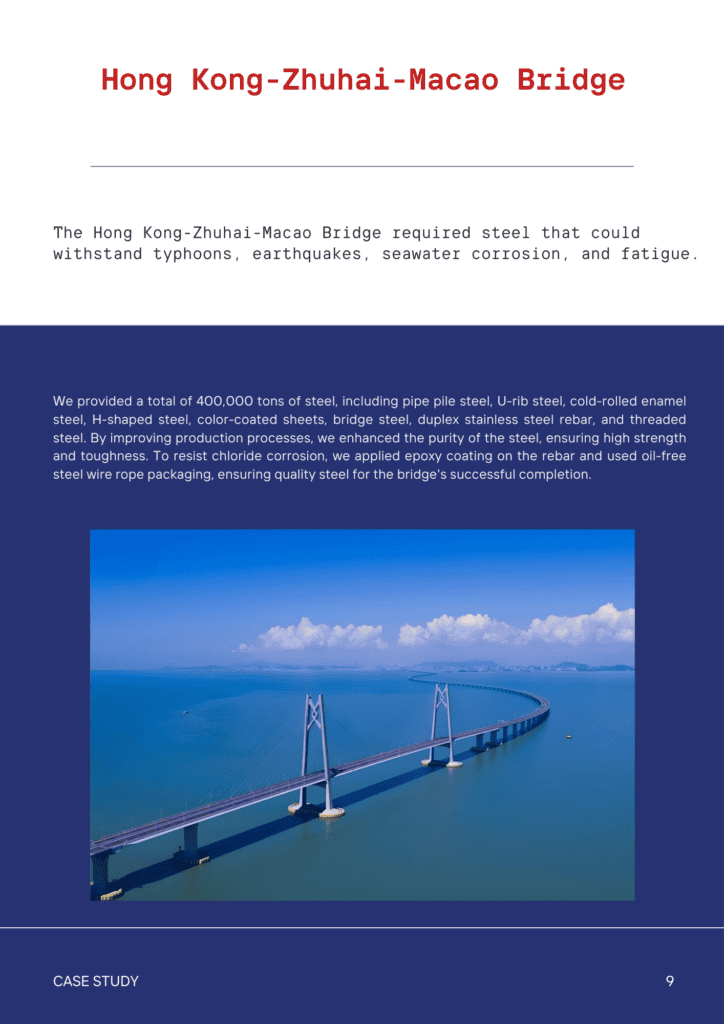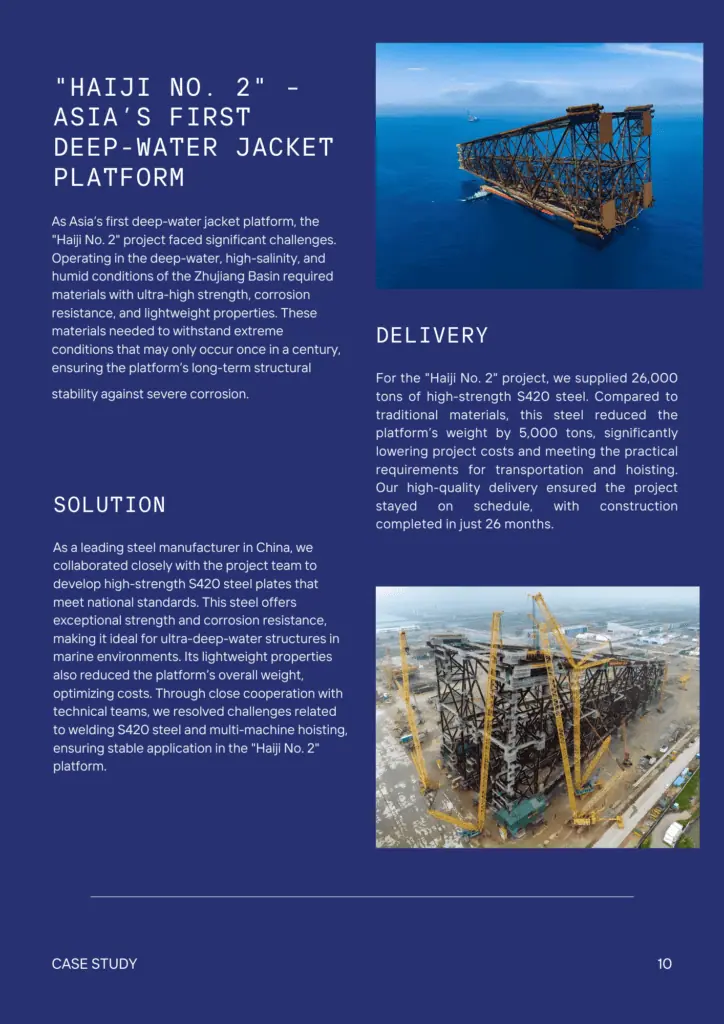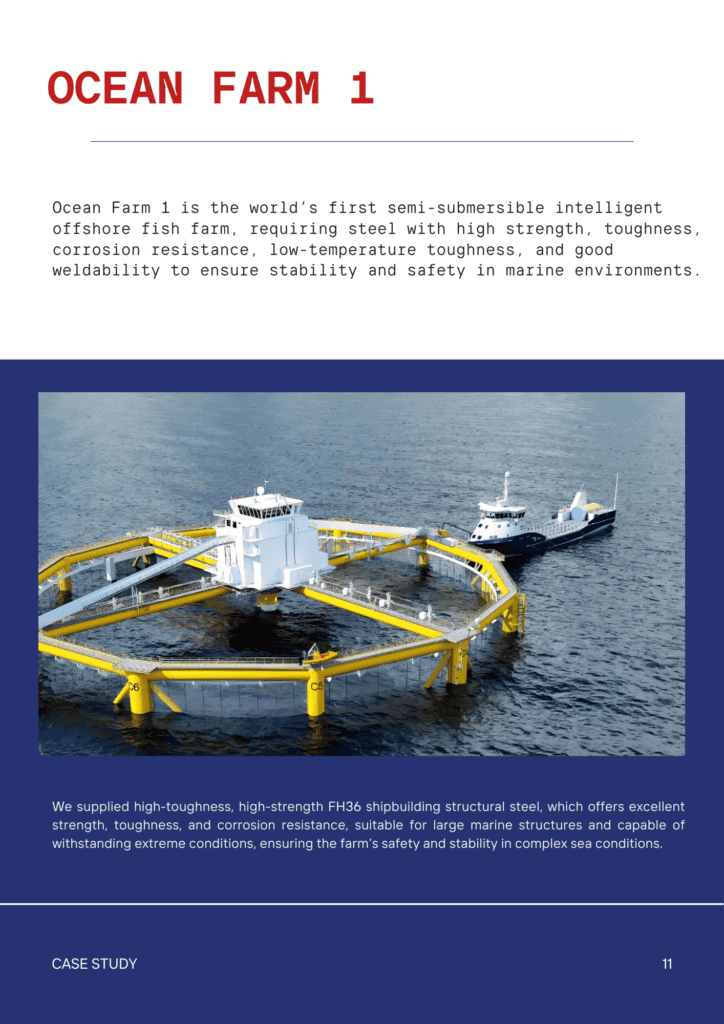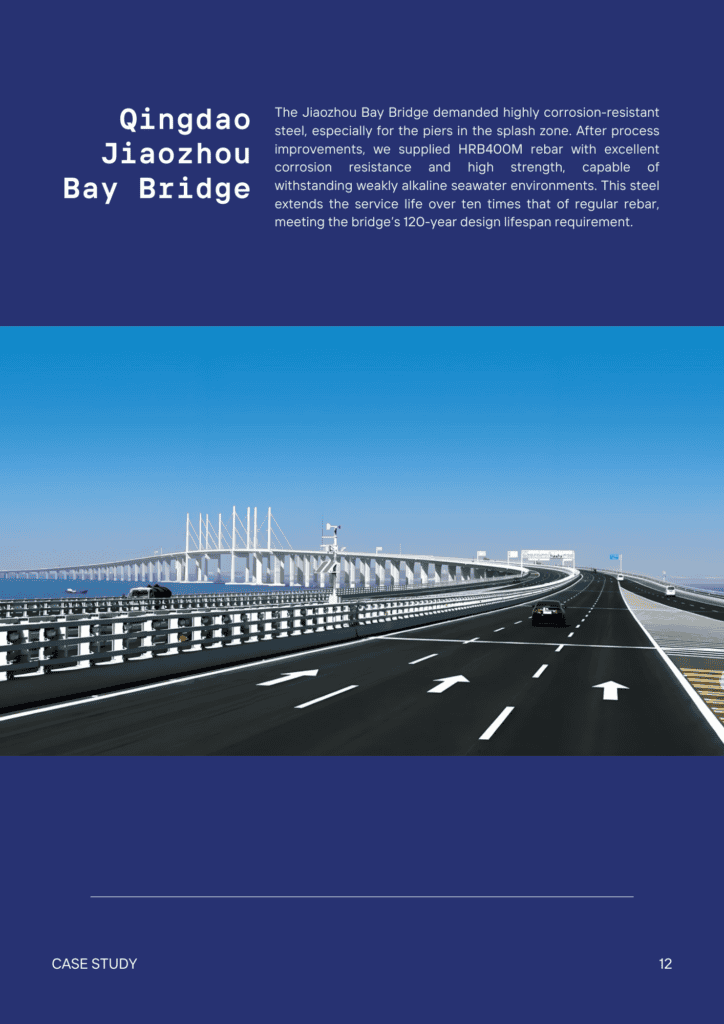AUTOMOTIVE STEEL
Drive Performance. Ensure Safety. Build Your Vehicles with Premium Automotive Steel.
Introduction to Automotive Steel
Benefits of Automotive Steel
Types of Automotive Steel
Applications in Car Components
Introduction to Automotive Steel
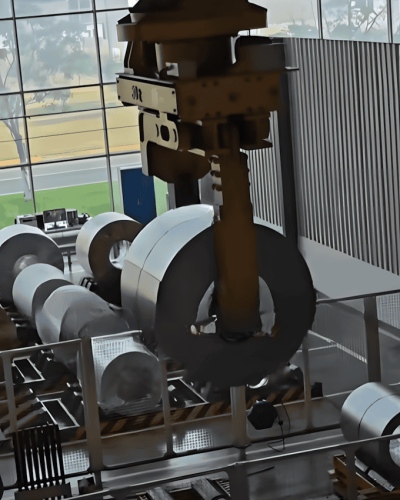
Benefits of Automotive Steel
- Durability and Strength: Stainless steel offers high corrosion resistance and heat tolerance, which is ideal for exhaust systems and fuel engines. Advanced High-Strength Steel (AHSS) provides exceptional strength while being lightweight, enhancing safety and performance in vehicle bodies, frames, and bumpers.
- Versatility and Cost-Effectiveness: Low-carbon steel is economical and used in various vehicle parts like suspension and decorative elements. High-carbon steel, with its wear resistance, is used in frames and support beams. Galvanized steel, with its rust protection, offers a cost-effective, durable solution for many vehicle components.
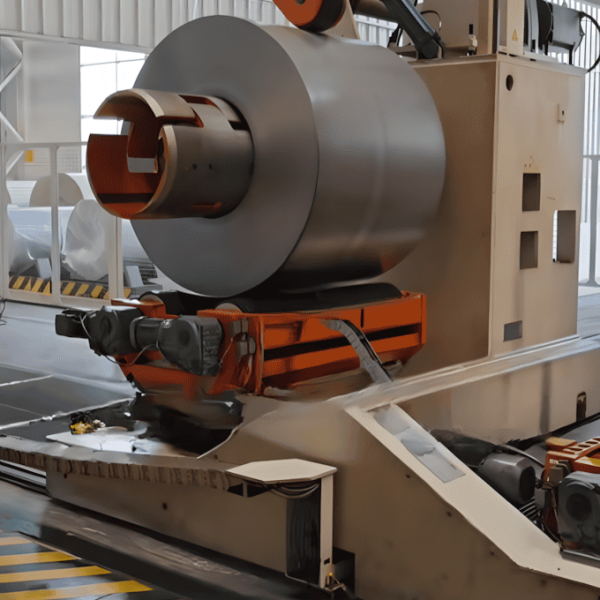
Automotive Steel Applications in Car Components
- DP600: Used for body panels.
- TRIP700: Also used for body panels.
- QStE420: Utilized for chassis components.
- SAPH440: Another type used for chassis components.
- SAPH590: Employed for high-strength wheel steel.
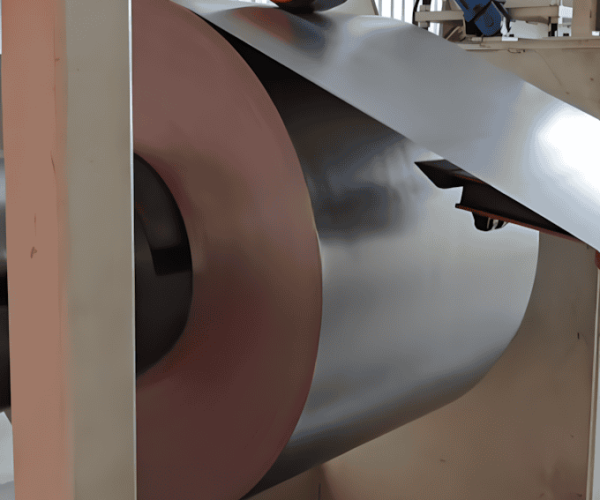
Types of Steel Used in the Automotive Industry
- Low-Carbon Steel: Economical, used in suspension parts and decorative elements.
- High-Carbon Steel: Wear-resistant, used in frames and chassis. Sometimes, this carbon steel is used in motorcycle jacks.
- Galvanized Steel: Rust-resistant, used in various components for durability.
- Advanced High-Strength Steel (AHSS): Strong and lightweight, used in bodies, frames, and bumpers.
- Stainless Steel: Corrosion-resistant, used in exhaust systems and engines.
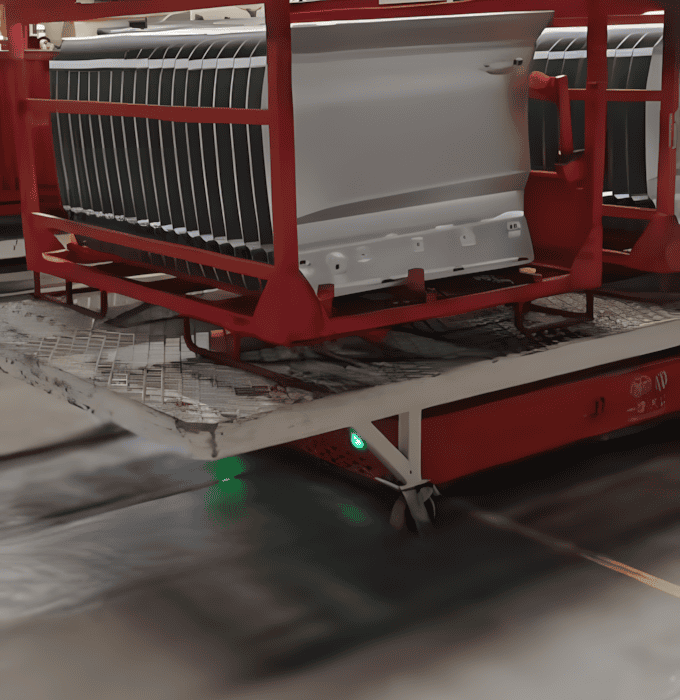
Industries & Applications

Automotive Manufacturing

Safety Features

Engine Components

Exhaust Systems

Structural Applications

Body Panels

Fasteners and Connective Members

Decorative Elements
Dimensions & Properties
Automotive Steels When & Where You Need It
Here, you get more than just quality steel. With multiple facilities across the country capable of providing high-strength steels, we can also work with you to manage your inventory, ensuring you get product when and where you need it to keep your production running.
Explore Our Available Steel Products & Grades
Our knowledge and experience give nearly 100% accurate delivery of High Carbon, Low Carbon, Stainless Steel products processed and packaged to your exact specifications.
What are the key types of automotive steel used in car manufacturing?
Key types of automotive steel include high-strength low-alloy (HSLA) steel, advanced high-strength steel (AHSS), and ultra-high-strength steel (UHSS). These types are chosen for their ability to provide strength while reducing vehicle weight.
How does the use of automotive steel enhance vehicle safety?
Automotive steel enhances vehicle safety by providing superior crash resistance and maintaining the structural integrity of the vehicle during collisions. High-strength steel can absorb and dissipate impact energy, protecting occupants.
What role do alloys play in automotive steel?
Alloys in automotive steel improve mechanical properties such as strength, ductility, and resistance to corrosion. For example, adding elements like manganese, boron, and chromium can enhance the steel’s performance, making it more suitable for various automotive applications.
How does the strength of automotive steel impact fuel efficiency?
Stronger automotive steel allows for thinner and lighter components, reducing the overall weight of the vehicle. This weight reduction leads to improved fuel efficiency and lower emissions, contributing to more environmentally friendly vehicles.
What are the environmental benefits of using advanced automotive steel?
Advanced automotive steel contributes to environmental benefits by reducing vehicle weight, improving fuel efficiency, and reducing greenhouse gas emissions. Additionally, automotive steel is highly recyclable, making it a sustainable choice for car manufacturers.


